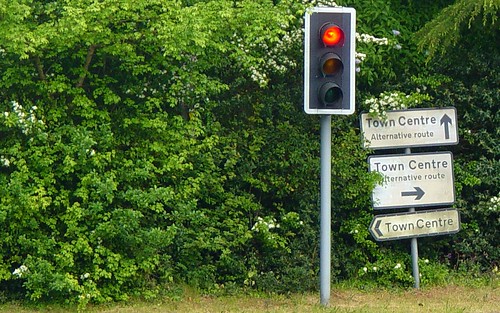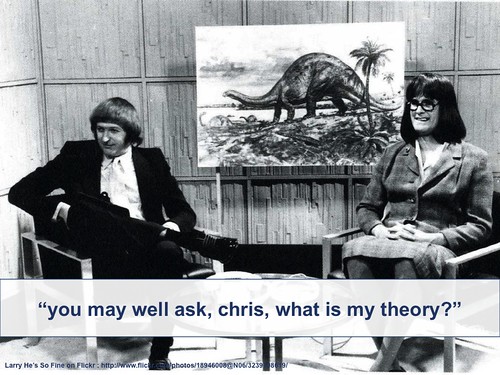Islands of the North Atlantic Part 2 - The Dis-United Kingdom of Great Britain and Northern Ireland
This is part two of The Islands of the North Atlantic. In the first part of this occasional series of articles, I set the scene for what the United Kingdom is by tackling some common misconceptions of what the United Kingdom isn't.
- This is not the United Kingdom You're Looking For
- The Dis-united Kingdom of Great Britain and Northern Ireland
- The Geographies of England - An Exercise in Complexity
- Northern Irish, Scottish and Welsh Geographies - Simplicity not Complexity
- Crown Dependencies, Overseas Territories and the Commonwealth of Nations
But the United Kingdom of Great Britain and Northern Ireland that we know today only dates back to 1922, so I'm going to start with what the United Kingdom was and for that we need to go back to circa 927 CE and the Kingdom of England.

